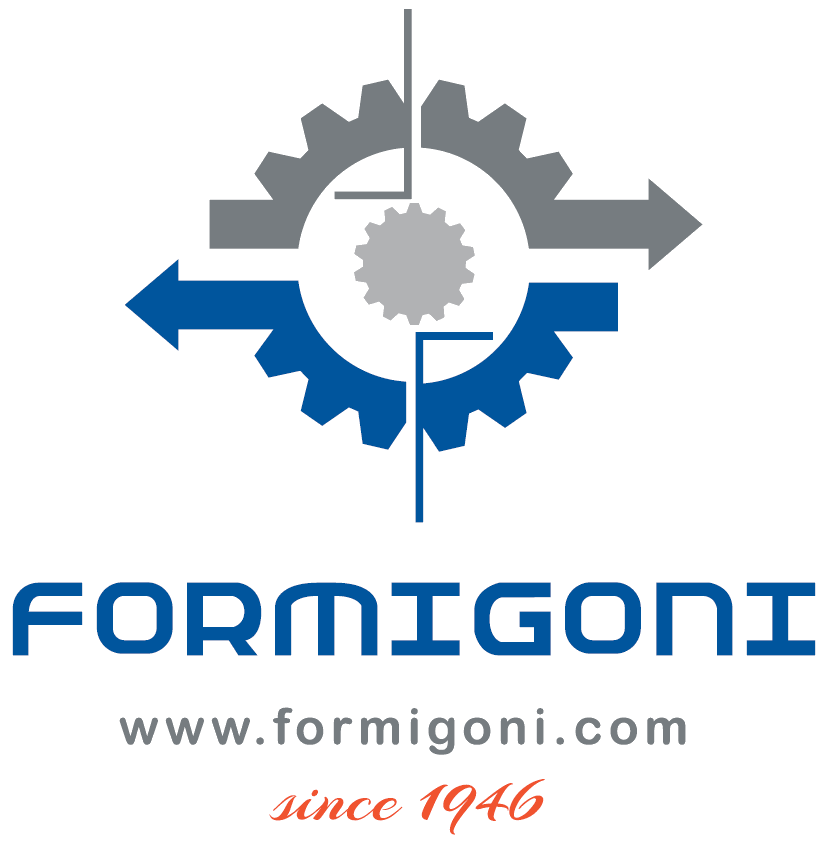
Activated Carbon • production process
carbonization, activation, washing and drying
DEC.ACA™ • activated carbon | production process
Activated carbon, also known as activated charcoal, is a highly porous form of carbon produced from carbonaceous raw materials such as coal, wood, coconut shells, peat, and lignite, and other wood products. The choice of raw material depends on factors such as availability, cost, and desired properties of the activated carbon: selected raw material (mineral or vegetal), method and degree of activation (thermal or chemical) and other factors, will determine activated carbons to perform differently in various applications. Thanks to the activation process, the internal pore structure is developed, usually obtaining internal surface areas of 1200m²/g or greater.
The production goes through the following steps:
The carbonization process involves heating the selected raw material in the absence of oxygen. This step drives off volatile components, such as water and tar, leaving behind carbon-rich char. The carbonization process can take place in rotary kilns, retorts, or other specialized equipment.
The activation process is crucial for creating the porous structure of activated carbon. There are two main methods of activation:
a. Physical Activation: In physical activation, the carbonized char is heated to high temperatures (800-1000 degrees Celsius) and treated with gases like steam or carbon dioxide. This process creates pores by causing the char to shrink and develop cracks.
b. Chemical Activation: In chemical activation, the carbonized char is impregnated with a chemical activating agent, typically an alkali metal hydroxide or phosphoric acid. The impregnated char is then heated to moderate temperatures (500-800 degrees Celsius), resulting in the development of a porous structure.
The activated carbon is washed thoroughly with water to remove any residual impurities or chemical residues. The washing process may involve multiple stages and filtration. After washing, the activated carbon is dried to remove excess moisture.
The dried activated carbon is crushed, milled, or ground to achieve the desired particle size distribution. The activated carbon may undergo additional processing steps, such as sieving or pelletizing, to obtain specific particle sizes or shapes. Finally, the activated carbon is packaged and prepared for distribution.
